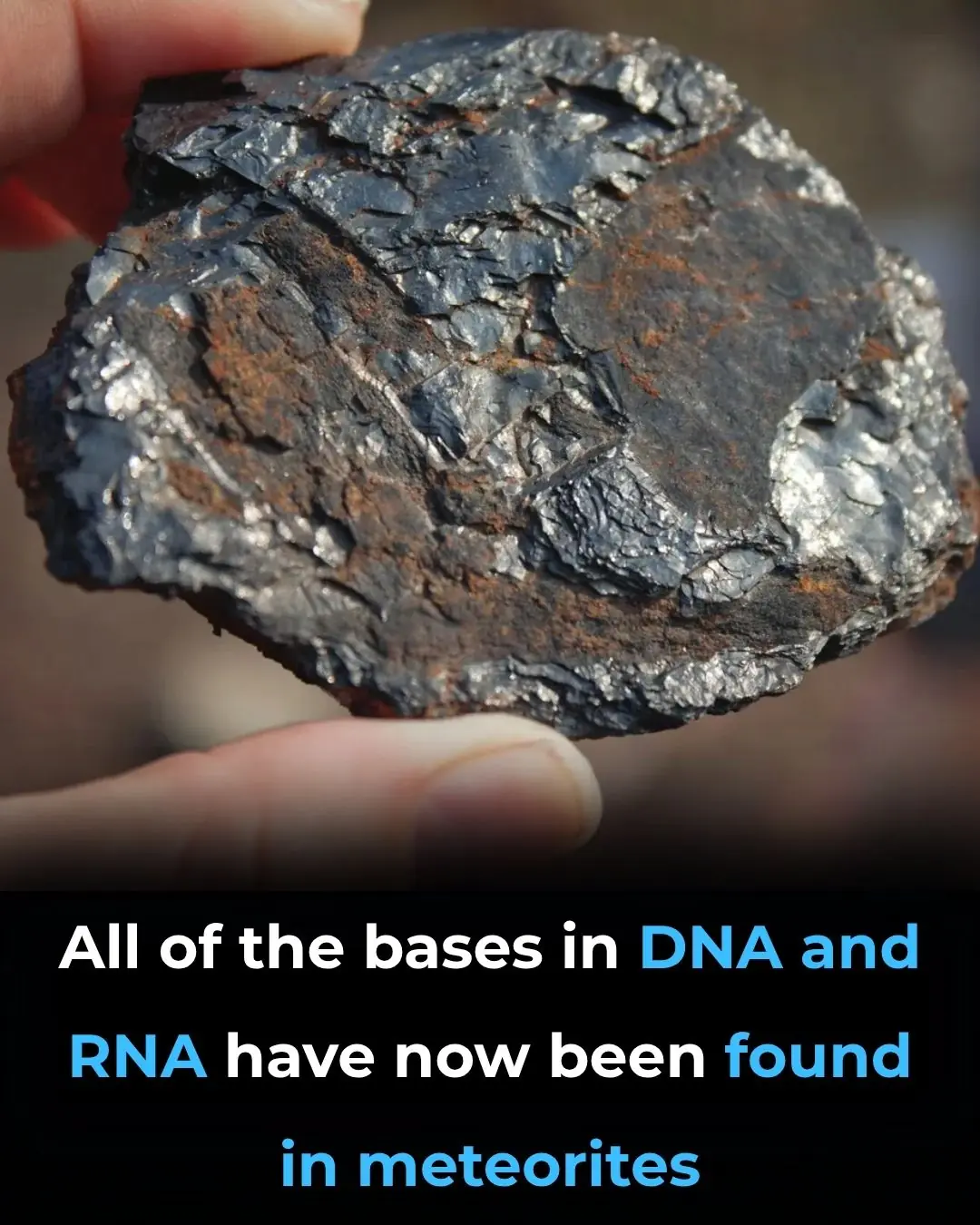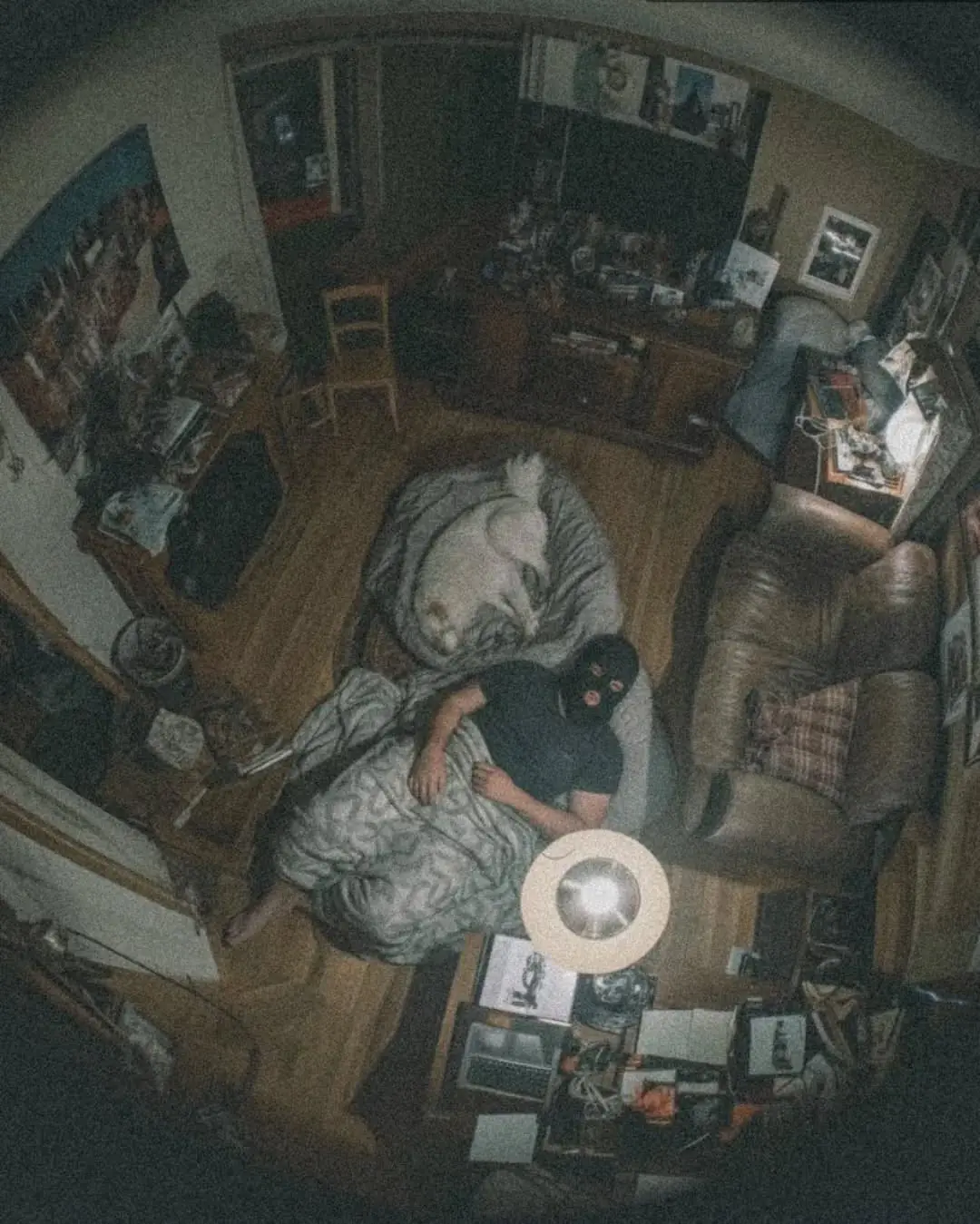
Moon Meets Mars: A Dazzling Celestial Encounter on October 11, 2025
The night sky on October 11, 2025, will offer a breathtaking sight as the Moon passes very close to Mars in a rare celestial alignment. This event, known as a lunar–planetary conjunction, will bring the two bright worlds together in the same region of the sky — a treat for skywatchers, stargazers, and photographers around the world.
A Cosmic Rendezvous
During this conjunction, the waning crescent Moon will glide past Mars, the famous Red Planet. Depending on your location, the two objects may appear so close that they almost seem to touch. In some regions, observers might even witness an occultation, where the Moon briefly hides Mars behind its glowing limb — a rare and fascinating event.
For most skywatchers, though, it will look like a close pairing — with the soft silver glow of the Moon beside the faint orange-red dot of Mars, shining like a cosmic duo in the pre-dawn sky.
When and Where to Look
The conjunction will be visible on the morning of October 11, before sunrise. If you’re in Pakistan, India, or other parts of Asia, step outside about 1.5 to 2 hours before sunrise and look toward the eastern horizon. You’ll see the Moon and Mars rising together, with the Red Planet appearing just below or beside the Moon.
Observers in Europe, Africa, and the Middle East will also have a good view, though the exact timing and spacing will vary by location. For those in the Americas, the event may occur when the Moon and Mars are below the horizon, so the best views will belong to the Eastern Hemisphere.
Why This Conjunction Matters
While lunar–planetary conjunctions happen several times a year, each one offers a unique visual experience. The October 11 meeting is particularly appealing because it features two of the most recognizable objects in the night sky — the Moon and Mars.
Mars, often called the “Red Warrior” or “Planet of Fire,” glows with a distinct reddish hue caused by iron oxide (rust) on its surface. When seen next to the gentle silver Moon, the contrast creates a striking visual balance — warm and cool, red and white, two worlds sharing the same celestial space.
How to View or Photograph the Event
You don’t need a telescope to enjoy this event. The conjunction will be easily visible to the naked eye, even in city skies with moderate light pollution. For a closer look, binoculars or a small telescope will enhance the detail — revealing the Moon’s craters and the tiny orange disk of Mars.
Photographers can capture the pairing with a tripod-mounted DSLR or smartphone camera using a night or low-light mode. Framing the Moon and Mars over a natural or urban landscape can make for a stunning composition.
A Reminder of Our Shared Sky
Events like the Moon–Mars conjunction remind us of the beauty and precision of our solar system. These cosmic alignments occur because the Moon and planets all move along roughly the same path across the sky, known as the ecliptic. For a few moments, their orbits align from our perspective on Earth, giving us a glimpse of the grand celestial clockwork above.
So mark your calendars for October 11, 2025, wake up early, and look east. As the Moon drifts past Mars in the quiet dawn, you’ll be witnessing a dance that has played out countless times across the ages — a simple yet powerful reminder of the wonder of the universe.
News in the same category


Fascinating animation reveals exactly how gas pumps know when to stop pouring gas

Elon Musk's Starlink satellites could be falling out of the sky

Expert issues chilling warning on Elon Musk's robots as billionaire plans to put them on Mars

Jeff Bezos sent a secret tourist into space and their identity is set to be revealed

Super typhoon set to send shockwaves through the US is just days away

All DNA and RNA Bases Found in Meteorites: Life’s Origins May Be Cosmic

Did You Know? A Spider in Your Home Could Be a Powerful Sign

Which Chair Would You Choose

Why some men cheat but choose to stay in their marriage — the truth few understand

Things that make men instantly unattractive

Rare Surgery Helps Man See Again After Losing Vision for Twenty Years Using His Own Tooth

Prophetic Warning: Pastor Links Specific Date to Onset of ‘Chaos and Destruction’

These Amazing Aqueducts Built By the Nazca Culture in the Peruvian Desert 1,500 Years Ago Are Still in Use Today

Rare Video Captures 40-Ton Whale Gleefully Leaping Fully Out of the Water

10+ Scandinavian Houses With Green Roofs Look Straight Out Of A Fairytale

I Captured The Beautiful Winter In The Northern Part Of Sweden

Man Spots ‘Dead’ Sea Turtle Trapped On Land And Brings Her Back To Life

Deer Drops By Gift Shop — Then Comes Back Later With Her Kids
News Post

The #1 way to flush microplastics from your body (It’s shockingly simple)

According to experts, consuming too much rice leads to…

Surprising reason why you should NEVER take a cold shower when it's hot

CLOGGED ARTERIES CAN CAUSE STROKES EAT THIS TO PROTECT YOUR BRAIN

QUIET SIGNALS YOUR BODY SENDS LONG BEFORE DIABETES IS DIAGNOSED

5 Foods to Help Prevent HEART ATTACK That Nobody Talks About

If you're caught Googling these four words Police may show up at your house

Fascinating animation reveals exactly how gas pumps know when to stop pouring gas

Elon Musk's Starlink satellites could be falling out of the sky

Expert issues chilling warning on Elon Musk's robots as billionaire plans to put them on Mars

Jeff Bezos sent a secret tourist into space and their identity is set to be revealed

Super typhoon set to send shockwaves through the US is just days away

All DNA and RNA Bases Found in Meteorites: Life’s Origins May Be Cosmic

Powerful Natural Detox to Cleanse Your Kidneys, Liver & Lungs!

Did You Know? A Spider in Your Home Could Be a Powerful Sign

Tembo the Elephant: A Story of Survival, Trust, and Unforgettable Love 💛🐘

A Prayer for Ricardo: Holding On to Hope When Life Hangs in the Balance

The Burglar Who Fell Asleep Beside a Dog
